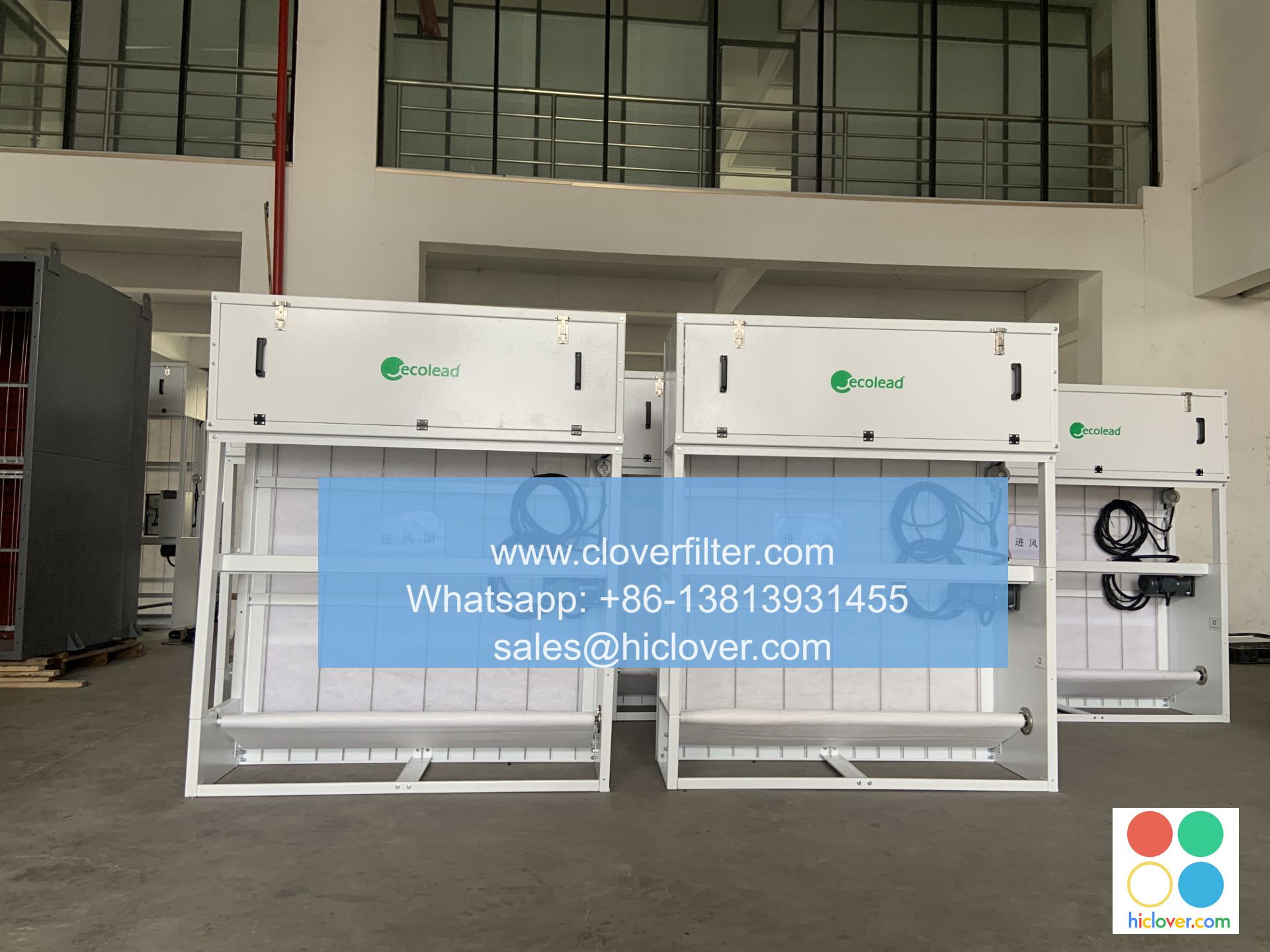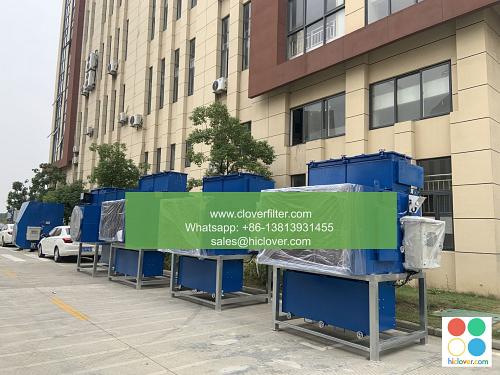Minimizing Airborne Contaminants: The Effectiveness of Automatic Roll Air Filters in Medical Labs

The importance of maintaining a clean and contamination-free environment in medical laboratories cannot be overstated. Airborne contaminants can pose significant risks to the accuracy of laboratory results, the health and safety of laboratory personnel, and the overall quality of medical research. In recent years, automatic roll air filters have emerged as a highly effective solution for minimizing airborne contaminants in medical labs.
Understanding the Risks of Airborne Contaminants
Airborne contaminants can include a wide range of particles and microorganisms, such as bacteria, viruses, and fungal spores. These contaminants can be introduced into the laboratory through various means, including ventilation systems, personnel movement, and contaminated equipment. If left unchecked, airborne contaminants can lead to cross-contamination of samples, equipment damage, and health risks for laboratory personnel.
The Benefits of Automatic Roll Air Filters
Automatic roll air filters are designed to provide a high level of air filtration efficiency, capturing up to 99.97% of particles as small as 0.3 microns. These filters are particularly effective in medical labs, where the risk of airborne contamination is high. Some of the key benefits of automatic roll air filters include:
* Improved air quality: By capturing airborne contaminants, automatic roll air filters can significantly improve the quality of the air in medical labs.
* Reduced risk of cross-contamination: By minimizing the presence of airborne contaminants, automatic roll air filters can reduce the risk of cross-contamination of samples and equipment.
* Increased personnel safety: By removing airborne contaminants from the air, automatic roll air filters can help protect laboratory personnel from health risks associated with inhalation of contaminated air.
* Extended equipment lifespan: By reducing the presence of airborne contaminants, automatic roll air filters can help extend the lifespan of laboratory equipment.
Application Areas for Automatic Roll Air Filters
Automatic roll air filters have a wide range of application areas in medical labs, including:
* Microbiology labs: Where the risk of airborne contamination is high, automatic roll air filters can help maintain a sterile environment and prevent the spread of infectious diseases.
* Pathology labs: Where the accuracy of laboratory results is critical, automatic roll air filters can help minimize the risk of cross-contamination and ensure the integrity of samples.
* Pharmaceutical labs: Where the manufacture of pharmaceuticals requires a high level of air quality control, automatic roll air filters can help maintain a clean and contamination-free environment.
* Research labs: Where the conduct of medical research requires a high level of air quality control, automatic roll air filters can help maintain a clean and contamination-free environment and ensure the accuracy of research results.
Conclusion
In conclusion, automatic roll air filters are a highly effective solution for minimizing airborne contaminants in medical labs. By providing a high level of air filtration efficiency, these filters can help maintain a clean and contamination-free environment, reduce the risk of cross-contamination, and protect laboratory personnel from health risks associated with inhalation of contaminated air. With their wide range of application areas in medical labs, automatic roll air filters are an essential component of any air quality control system.

